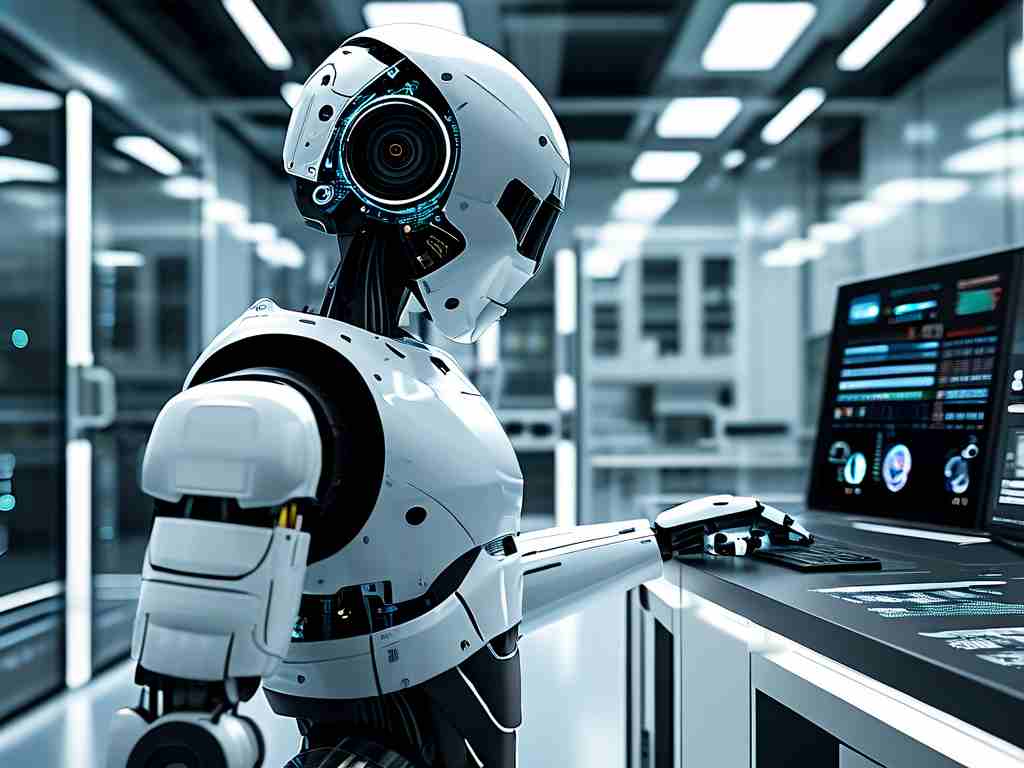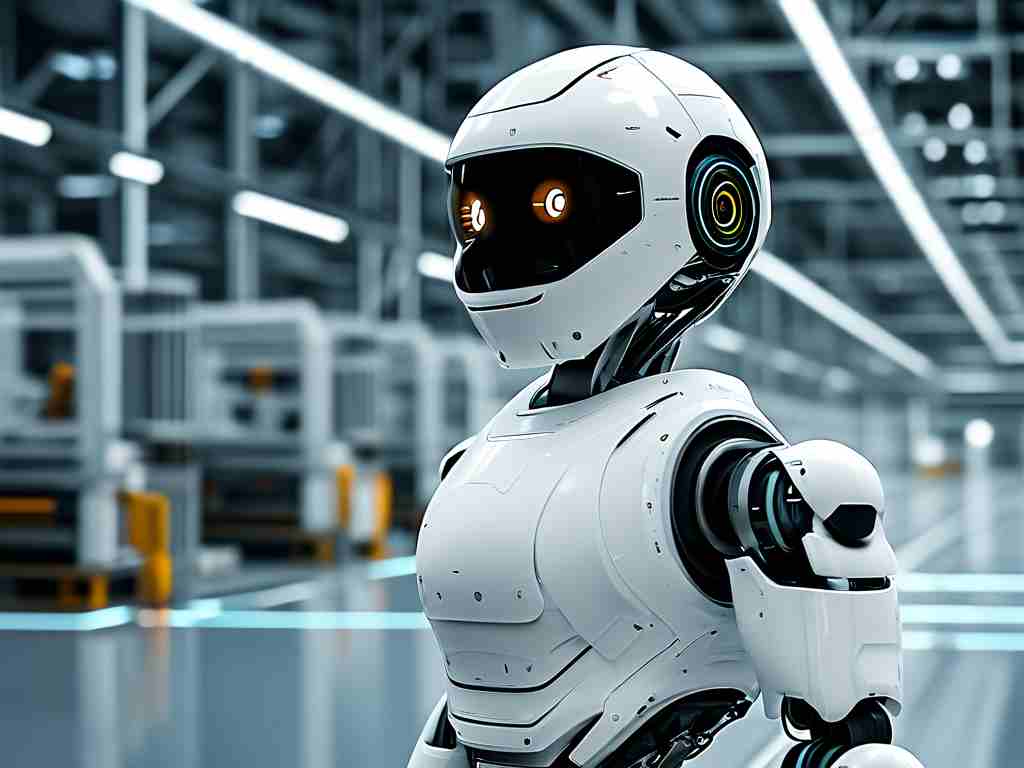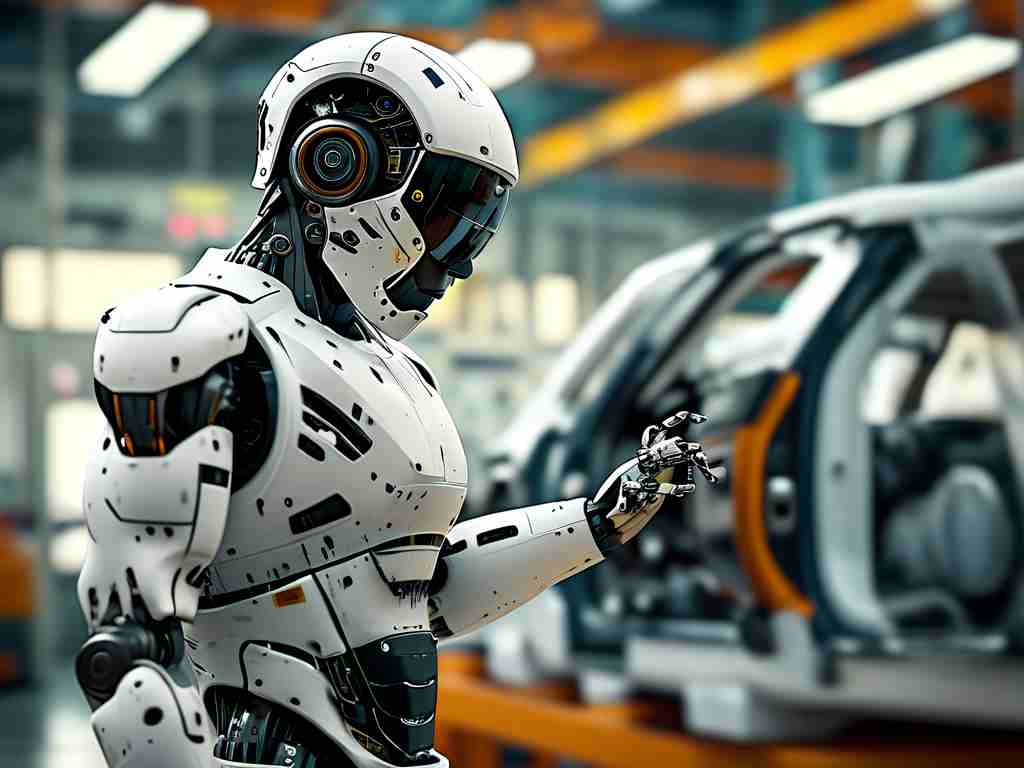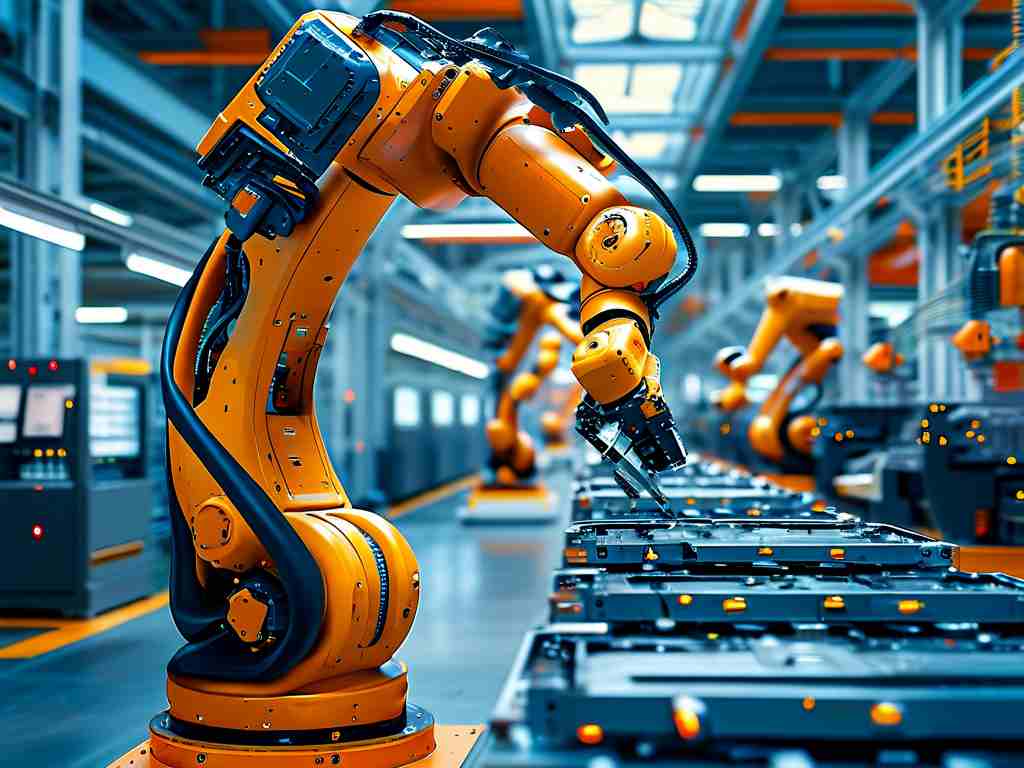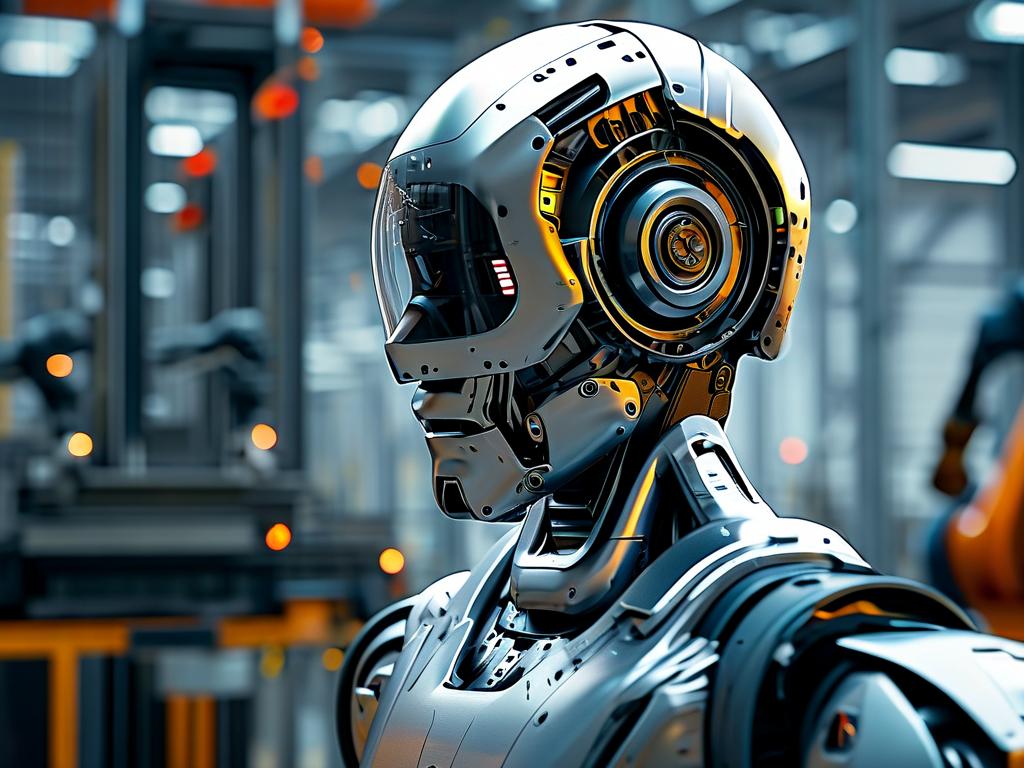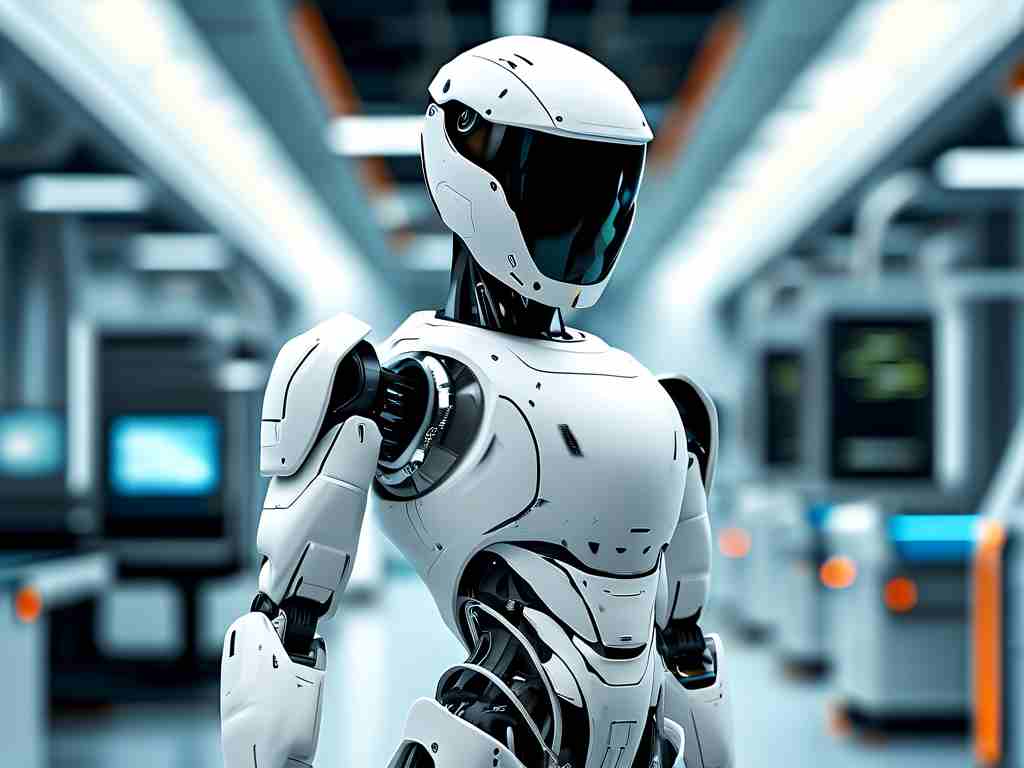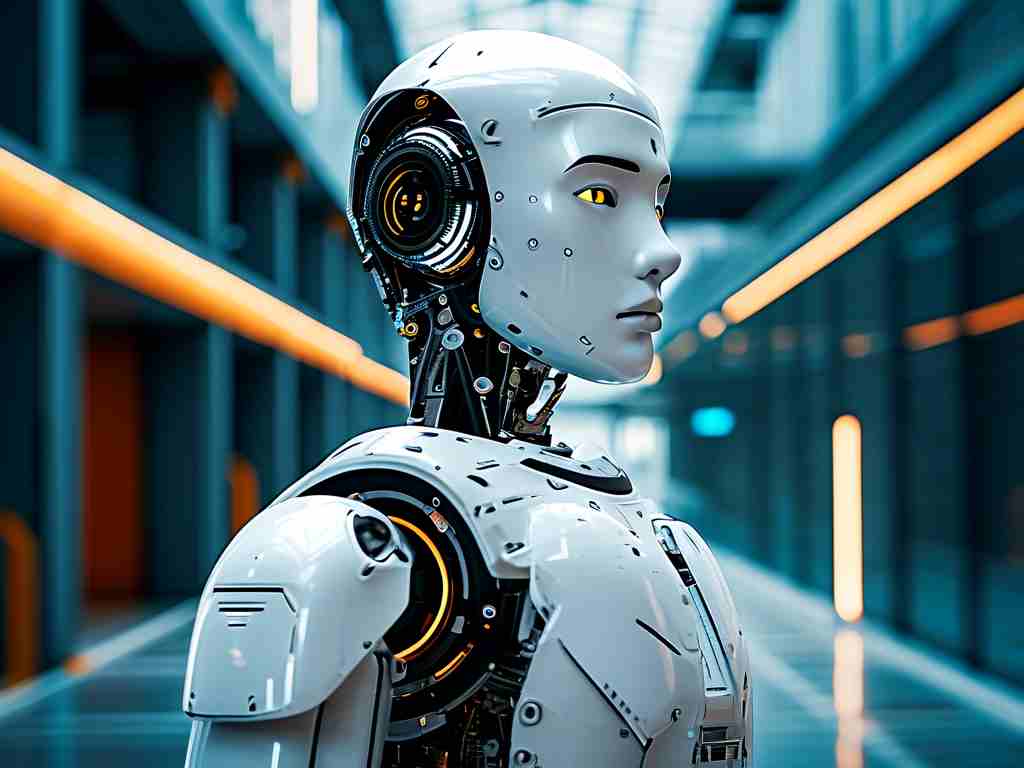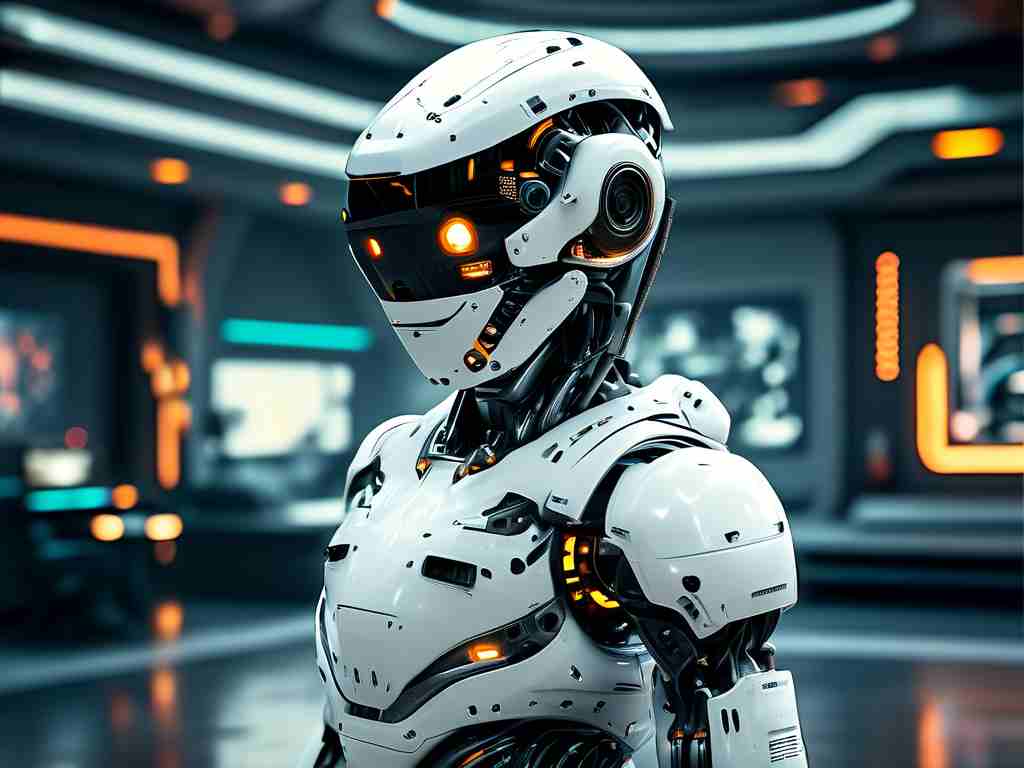India’s technological landscape is undergoing a seismic shift, with robotics emerging as a cornerstone of its innovation strategy. Over the past decade, the nation has transitioned from being a consumer of advanced technologies to a creator, particularly in fields like artificial intelligence (AI), automation, and humanoid robotics. This transformation is driven by a combination of government initiatives, academic research, and a thriving startup ecosystem.
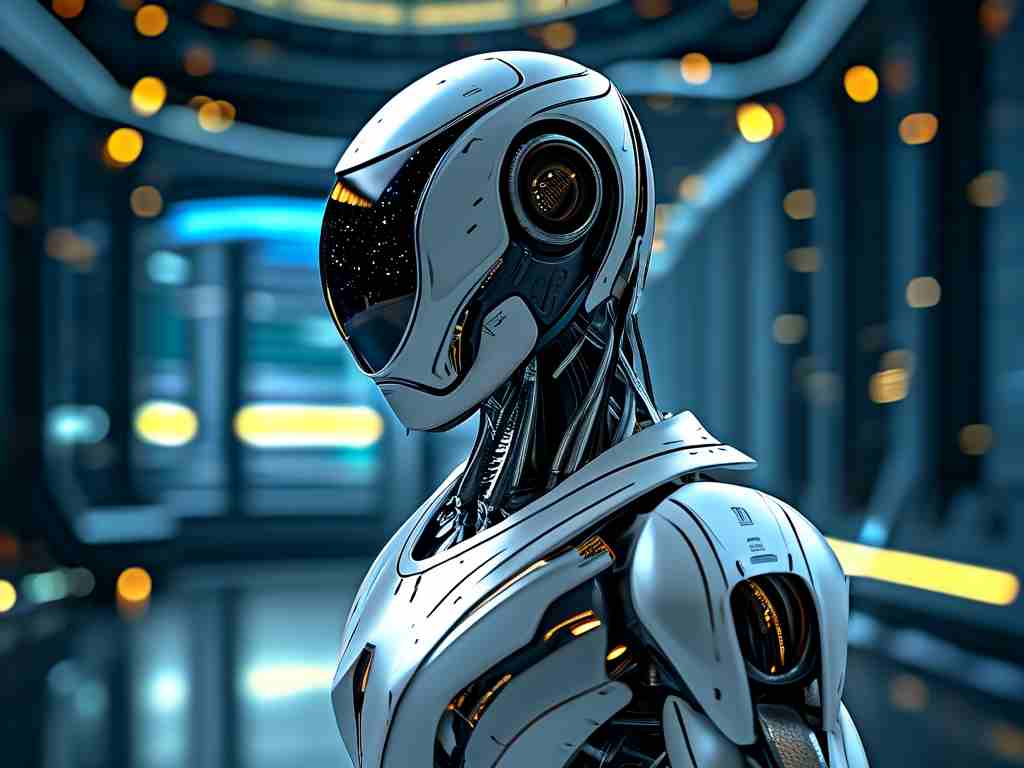
One of the most notable advancements is India’s development of humanoid robots capable of performing complex tasks. For instance, Chennai-based startup GenRobotics gained global attention with its “Bandicoot” robot, designed to clean underground sewer systems—a hazardous job traditionally done by manual laborers. Equipped with AI-driven sensors and hydraulic arms, Bandicoot not only improves efficiency but also addresses critical social issues by reducing human exposure to dangerous environments. Similarly, Bengaluru’s Invento Robotics has pioneered “Mitra,” a humanoid robot deployed in hospitals to assist with patient interaction and logistics during the COVID-19 pandemic. These innovations highlight India’s focus on blending technical prowess with societal impact.
The Indian government has played a pivotal role in fostering this growth. Programs like the National Strategy for Artificial Intelligence (NSAI) and the Atal Innovation Mission (AIM) have allocated substantial funding to robotics research. Academic institutions such as the Indian Institutes of Technology (IITs) and the Indian Institute of Science (IISc) have also established dedicated labs for robotics and automation. A recent collaboration between IIT Bombay and Tata Motors produced an autonomous agricultural robot capable of precision farming—addressing challenges like labor shortages and crop optimization.
Private-sector investments are equally transformative. Companies like GreyOrange, headquartered in Gurugram, specialize in warehouse automation robots used by global e-commerce giants. Their flagship product, the Butler robot, streamlines inventory management using machine learning algorithms. Meanwhile, Mumbai-based Sastra Robotics is making waves in industrial testing with its robotic arms that simulate human interactions for quality assurance in consumer electronics.
Despite these strides, challenges persist. Infrastructure gaps, such as inconsistent power supply and limited high-speed internet connectivity in rural areas, hinder large-scale deployment of advanced robots. Additionally, while India produces a vast pool of engineering talent, brain drain remains a concern as skilled professionals often seek opportunities abroad. To counter this, initiatives like the “Digital India” campaign aim to improve digital infrastructure, while policies incentivize startups to retain talent through equity grants and tax benefits.
Looking ahead, India’s robotics sector is poised for exponential growth. Experts predict that by 2030, the country could capture 10-15% of the global robotics market, particularly in healthcare, agriculture, and logistics. Emerging trends include swarm robotics for disaster response and AI-driven service robots for elderly care—a critical need given India’s aging population.
In , India’s journey in cutting-edge robotics reflects a strategic blend of innovation, collaboration, and social consciousness. By addressing existing challenges and leveraging its strengths in software development and engineering, the nation is not only transforming its own future but also reshaping global perceptions of technological leadership.


